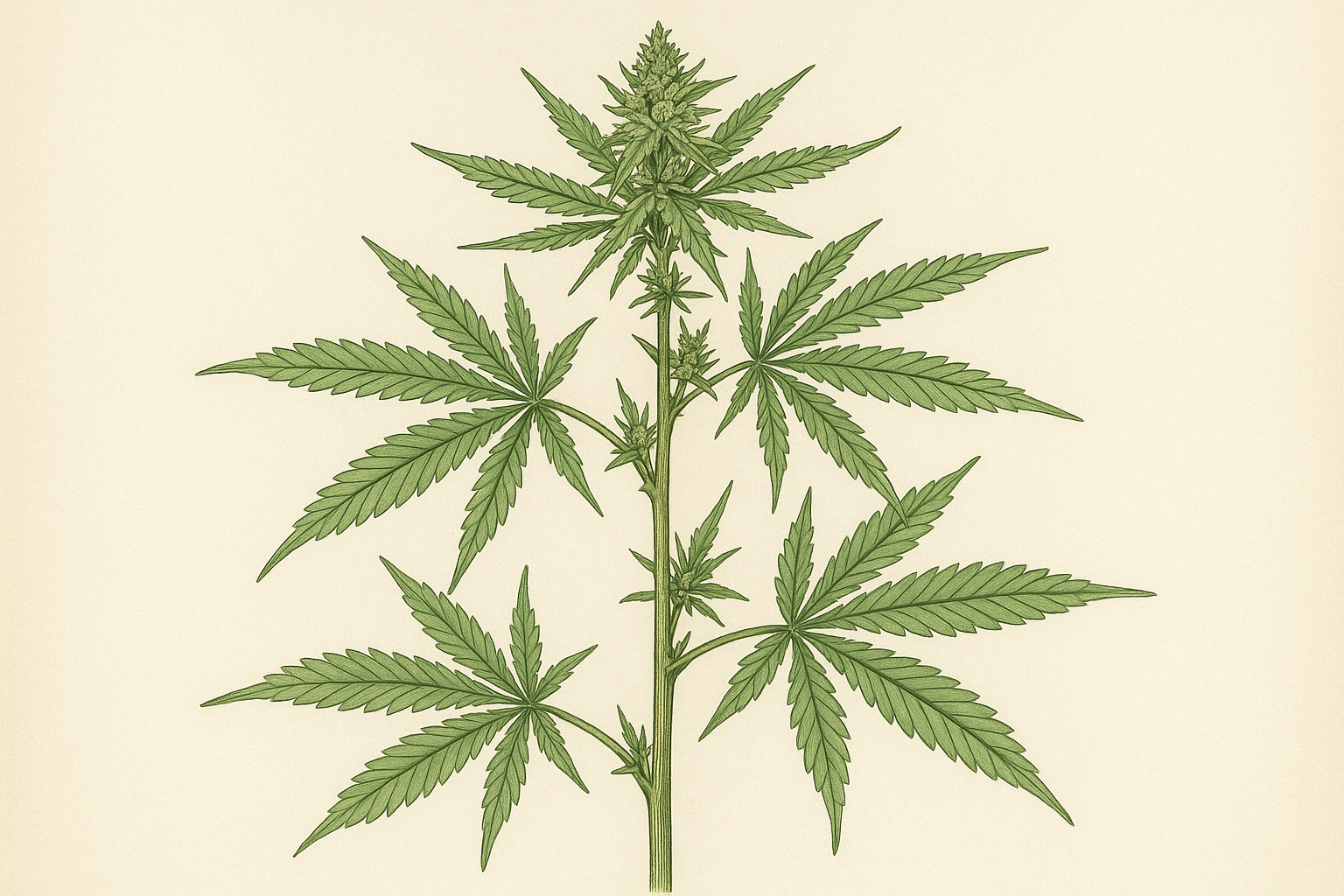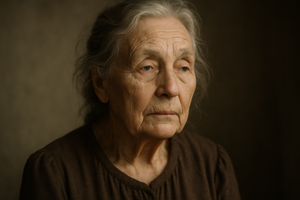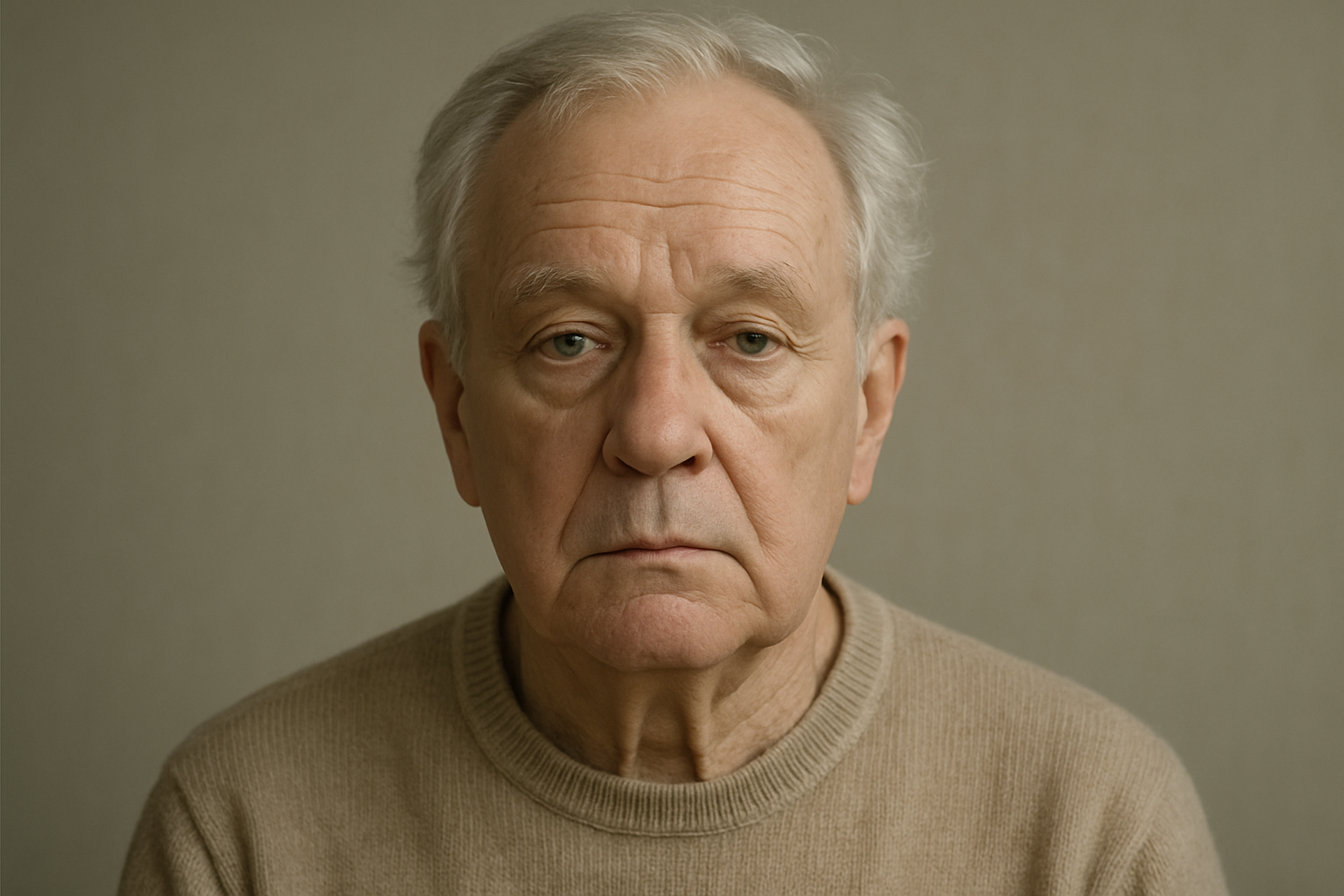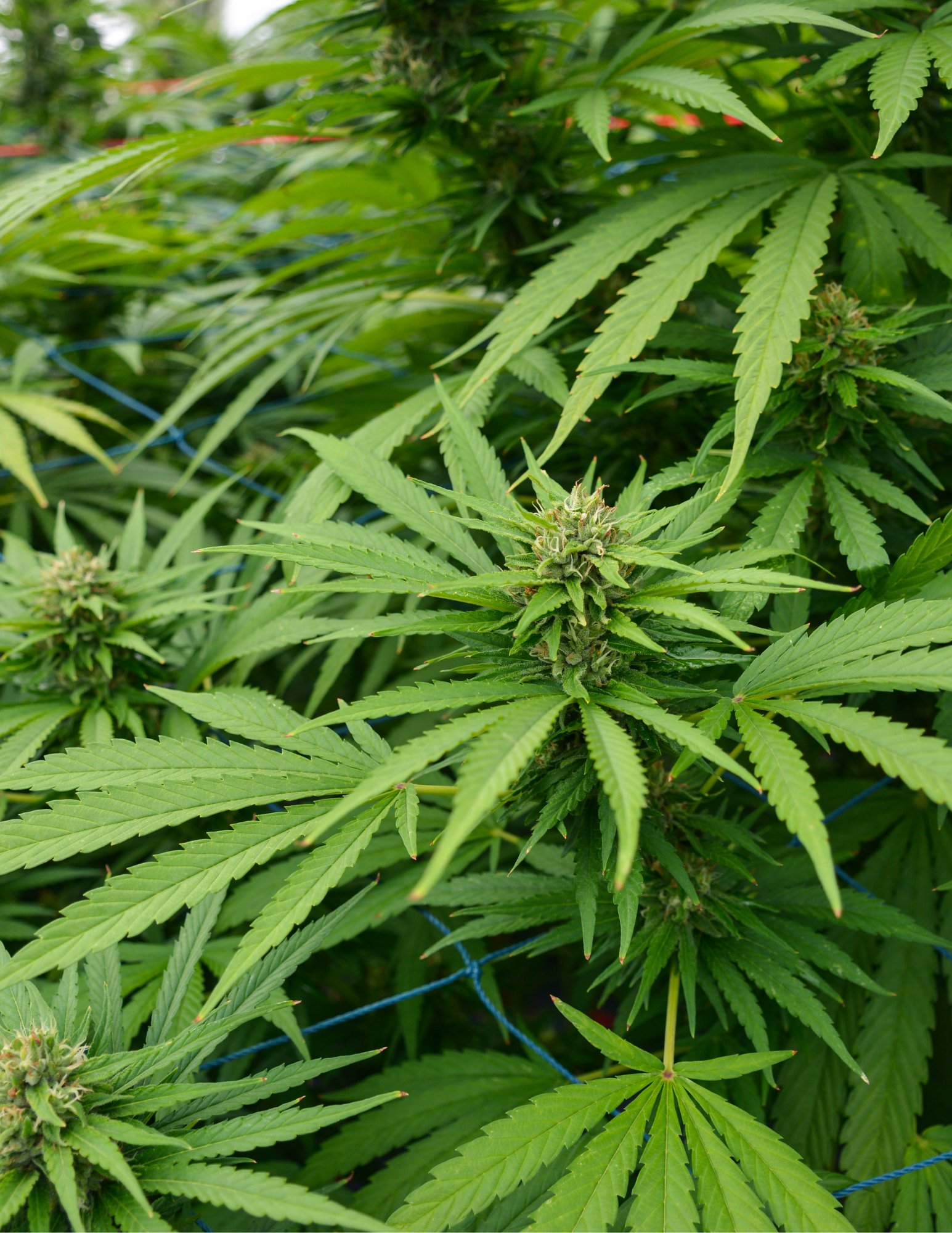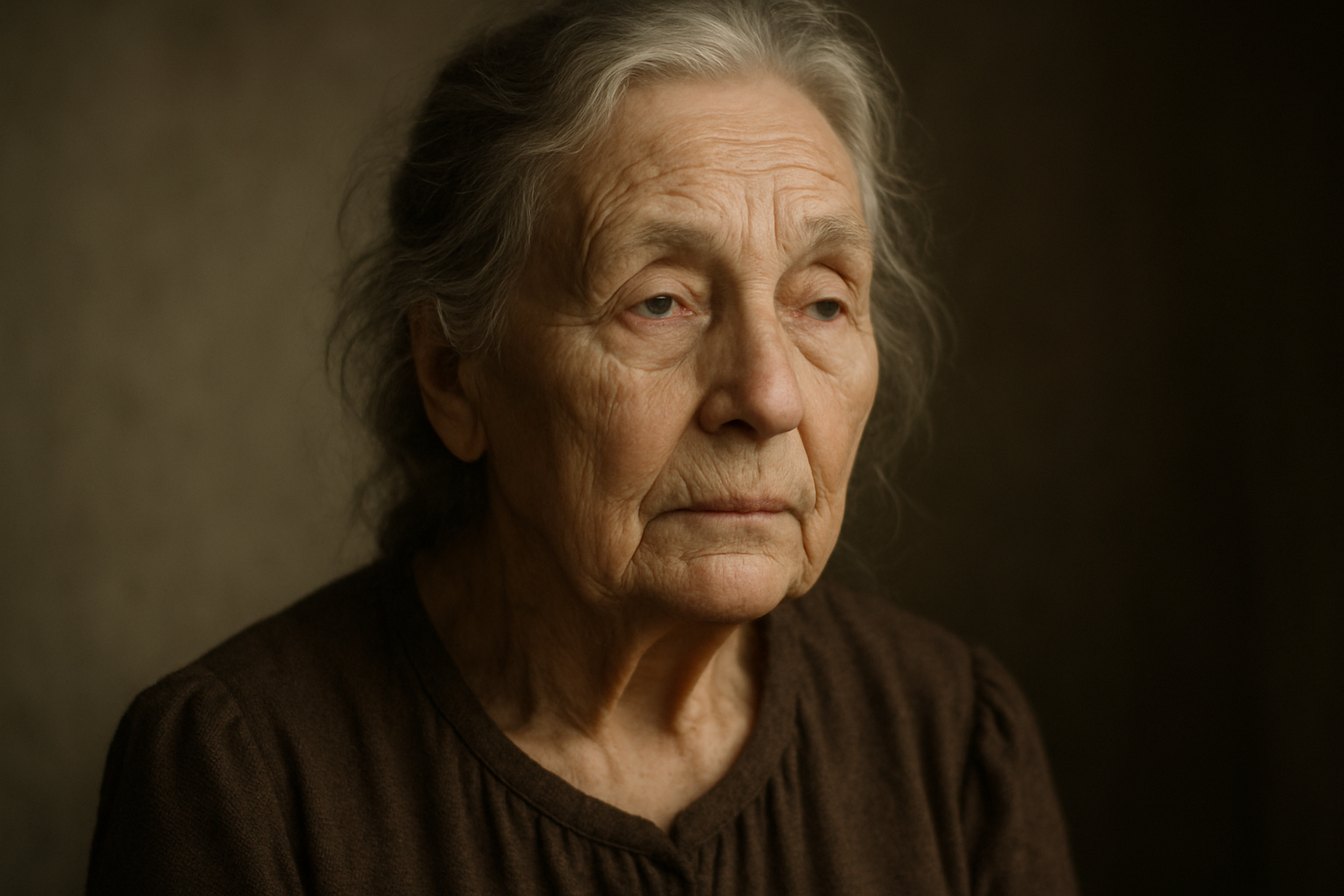Patterns of Use and Patient-Reported Effects of Cannabinoids in
People With PD: A Nationwide Survey
Tangui Barré ,1 Géraldine Cazorla ,1 Vincent Di Beo,1 Fabienne Lopez,2
Lise Radoszycki,3 Gwenaëlle Maradan,4 Christelle Baunez ,5 and Patrizia Carrieri1
1INSERM, IRD, SESSTIM, Sciences Economiques & Sociales de la Santé & Traitement de l’Information Médicale, ISSPAM,
Aix-Marseille University, Marseille, France
2Principes Actifs, Lieusaint, France
3Carenity, Paris, France
4ORS PACA, Southeastern Health Regional Observatory, Marseille, France
5La Timone Neuroscience Institute (INT), UMR 7289 CNRS & Aix-Marseille Université, Marseille, France
Correspondence should be addressed to Géraldine Cazorla; geraldine.cazorla@inserm.fr
Received 20 December 2024; Accepted 25 April 2025
Academic Editor: Poulami Jha
Copyright © 2025 Tangui Barré et al. Parkinson’s Disease published by John Wiley & Sons Ltd. Tis is an open access article under
the terms of the Creative Commons Attribution License, which permits use, distribution and reproduction in any medium,
provided the original work is properly cited.
Background: People with Parkinson’s disease (PD) may use cannabis-based products for symptom management. In France,
products containing tetrahydrocannabinol (THC) are prohibited, while cannabidiol (CBD)-products are readily available.
However, data on cannabinoid use in French people with PD are lacking.
Objectives: To identify correlates of the use of cannabis-based products and to document their patterns of use and perceived
effects.
Methods: A French nationwide online survey was conducted from May to July 2023. Regression analyses helped identify factors
associated with current cannabis and CBD use (regardless of their form). Patterns of use and self-reported effects were also
documented.
Results: Te study sample comprised 1136 participants, with a median age of 68 years. Six percent (5.9%) and 17.9% reported
using cannabis and CBD, respectively. Both substances were associated with better knowledge of cannabinoids and a poor self-
perceived household economic situation. Te most common routes of cannabis administration were oral ingestion (44.8%) and
smoking (41.4%); for CBD, they were oral ingestion (82.8%) and smoking (6.4%). Users reported that cannabis and CBD were very
effective for sleep disorders, pain, and rigidity/cramps. Te satisfaction level for both substances was also high.
Conclusion: Cannabis and CBD use among people with PD was associated with better knowledge about cannabinoids and a poor
self-perceived household economic situation. Furthermore, users reported high levels of satisfaction for both substances. An
enhanced communication with healthcare providers and facilitated access to safe cannabis/CBD products are needed in France to
enable people with PD to maximize the benefits of cannabinoids when clinically appropriate.
Keywords: cannabidiol; cannabis; pain; Parkinson’s disease; sleep disorders
1. Introduction
Parkinson’s disease (PD) is characterized by a number of
cardinal motor manifestations including bradykinesia, ri-
gidity, and rest tremor [1]. Dopamine replacement strategies
are commonly used to treat these symptoms. PD
development is also accompanied by several and varied
nonmotor symptoms, such as pain and sleep disorders [2],
for which treatment options are limited [3]. Long-term
dopaminergic treatment may also bring about motor and
nonmotor symptoms [4, 5]. All these symptoms weigh
heavily on patients’ quality of life [6–8]. Compared to
Wiley
Parkinson’s Disease
Volume 2025, Article ID 2979089, 11 pages
Click link for full review
https://doi.org/10.1155/padi/2979089

